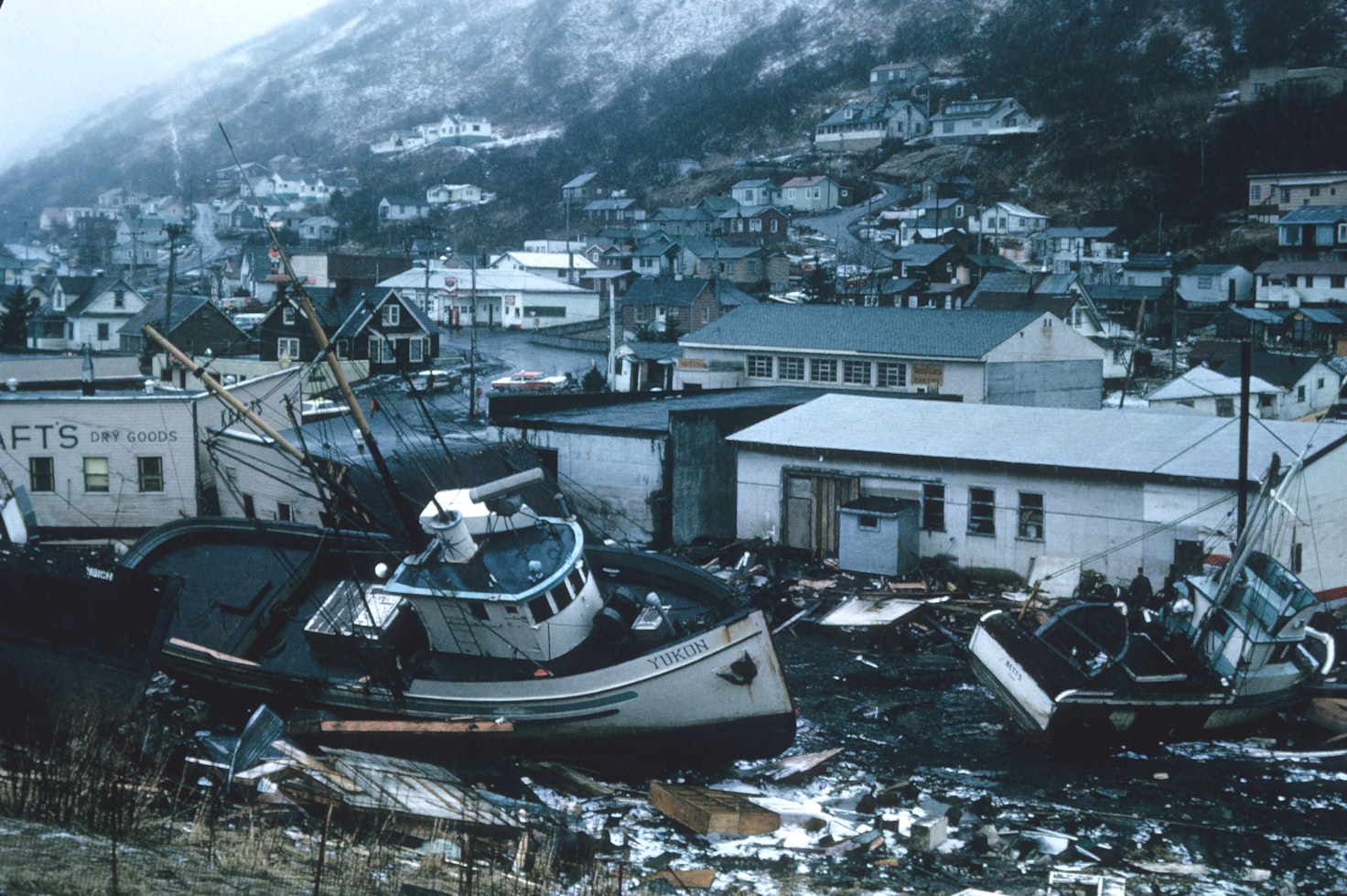The sea, so serene and inviting, can suddenly turn into a beast that leaves a trail of destruction and despair. Tsunamis, the massive ocean waves caused by underwater earthquakes or volcanic eruptions, have been known to wipe out entire communities within minutes. However, over the past two decades, there has been a silver lining in this dark cloud, as technology has come to the rescue, providing us with early warning systems that have greatly improved the chances of survival for those in harm's way.
The Indian Ocean tsunami of 2004, which claimed the lives of over 230,000 people in 14 countries, serves as a poignant reminder of the need for an effective early warning system. This tragedy galvanized the international community into action, leading to significant advances in tsunami warning technology.
At the forefront of these advancements is the integration of deep-ocean pressure sensors and seismographs that detect and measure earthquakes and underwater landslides. These sensors provide vital information on the size, location, and impact of a potential tsunami, enabling the creation of accurate and timely warnings. The integration of real-time data and computer modeling has also allowed for the simulation of a tsunami's spread and impact, providing crucial information for effective response.
The use of mobile phones, the internet, and social media has revolutionized the way we receive warning information, enabling rapid dissemination of alerts to communities at risk. The advent of early warning systems for mobile phones and other devices has made it easier for individuals to receive alerts and take action, even when they are not near a traditional source of information.
The global tsunami warning network, coordinated by the Pacific Tsunami Warning Center, the Indian Ocean Tsunami Warning System, and the Intergovernmental Oceanographic Commission of UNESCO, has also played a critical role in the improvement of tsunami warning technology. The expansion of this network has increased the coverage and accuracy of tsunami warnings, reducing the risk of false alarms and enhancing the effectiveness of response efforts.
As we look towards the future, let us be encouraged by the progress we have made and continue to work towards a world where communities can be safe from the threat of tsunamis.
